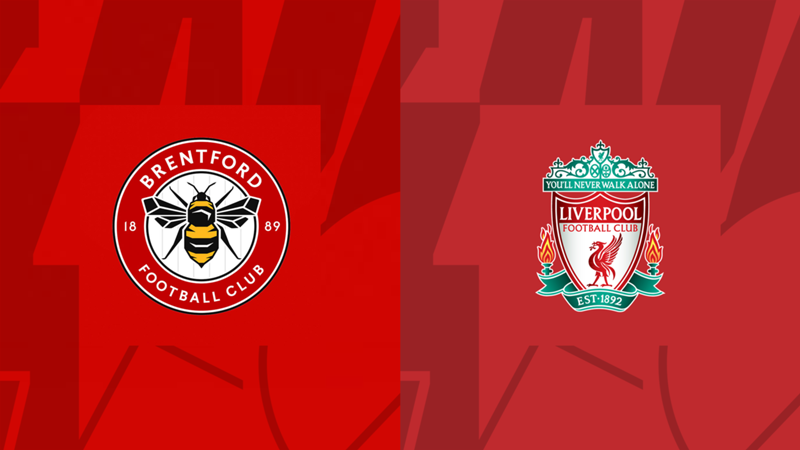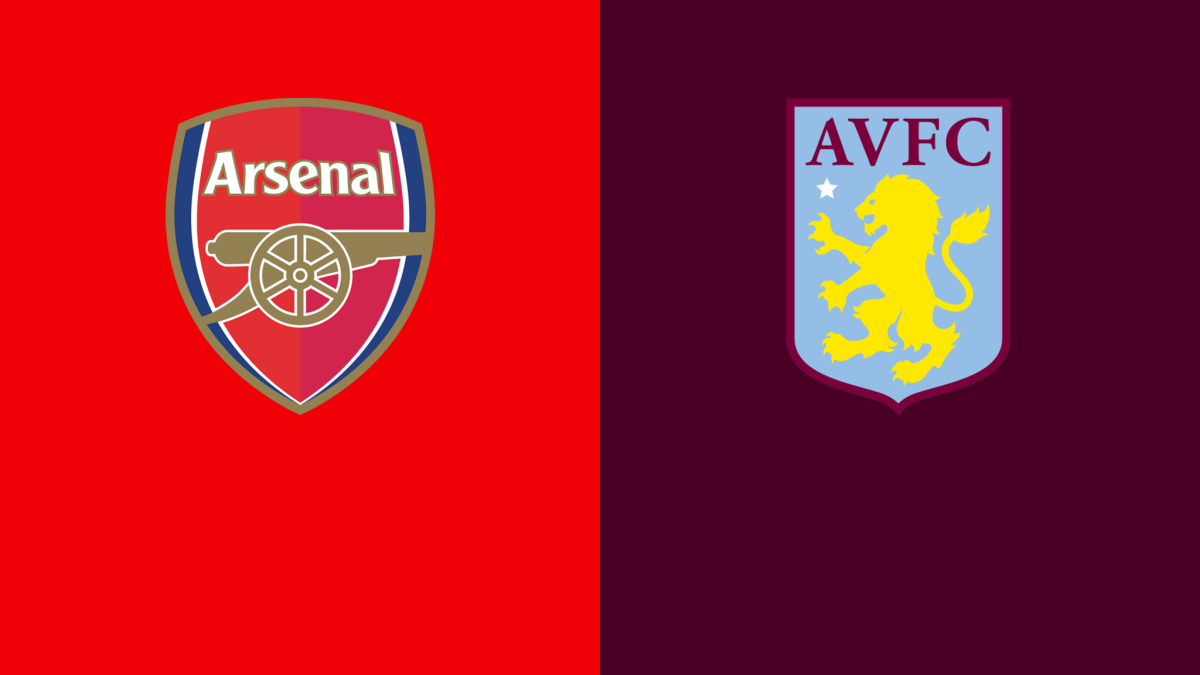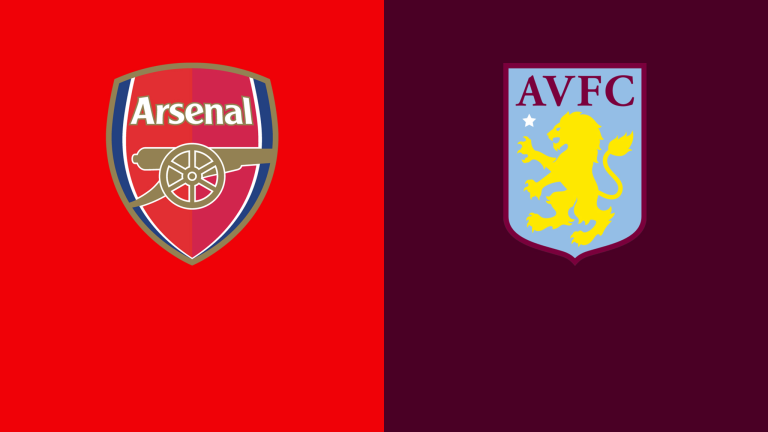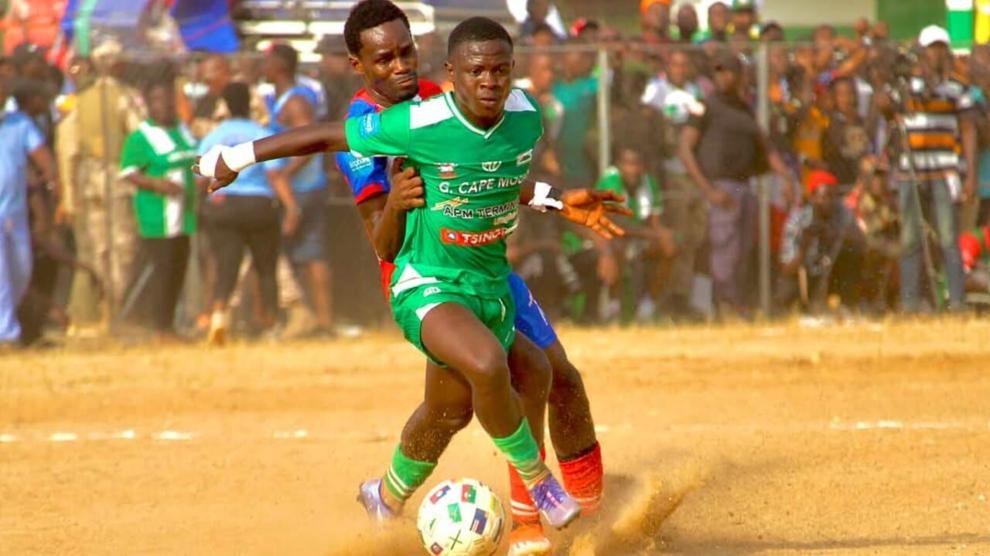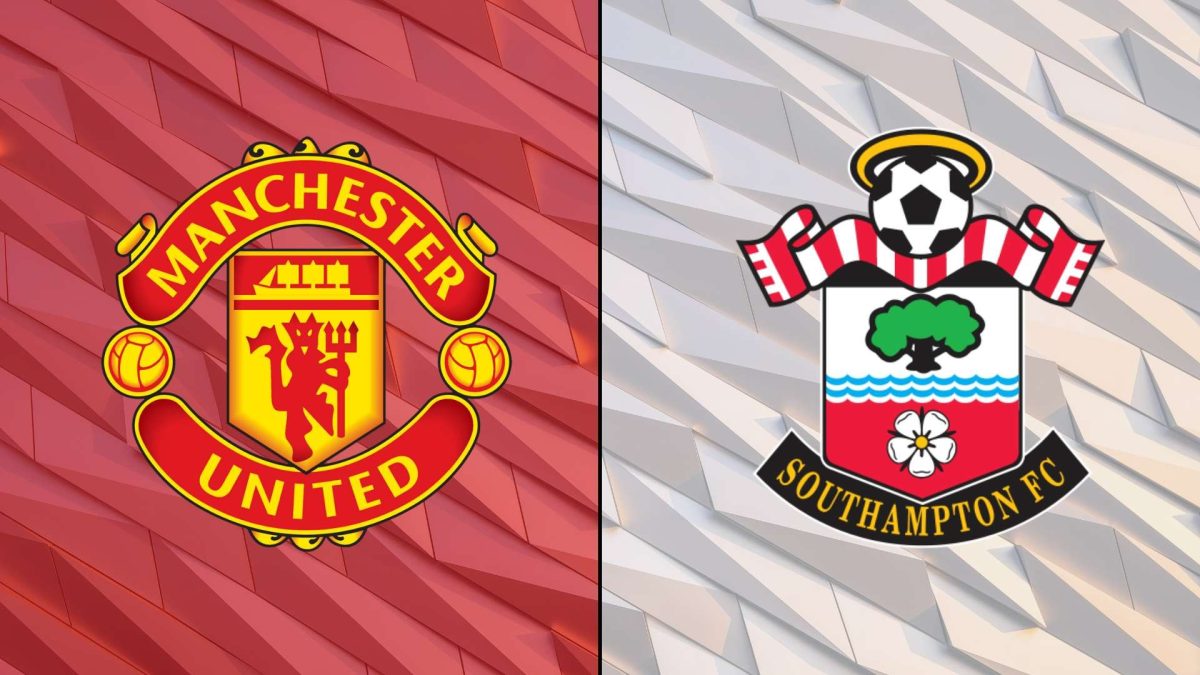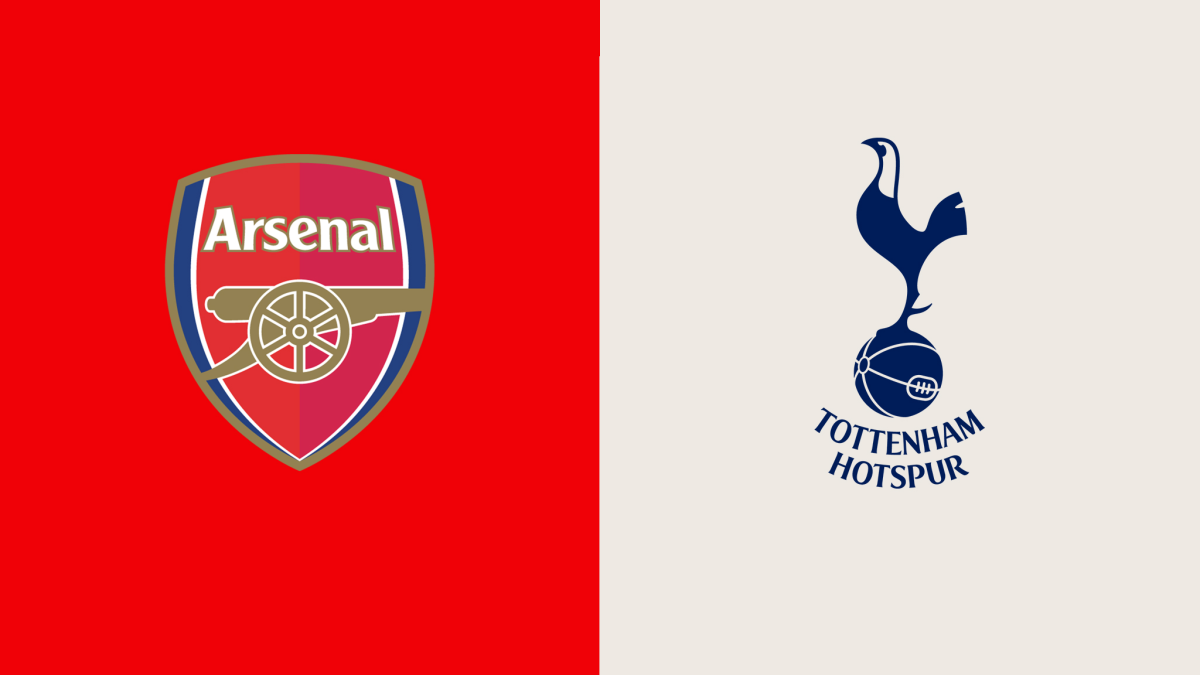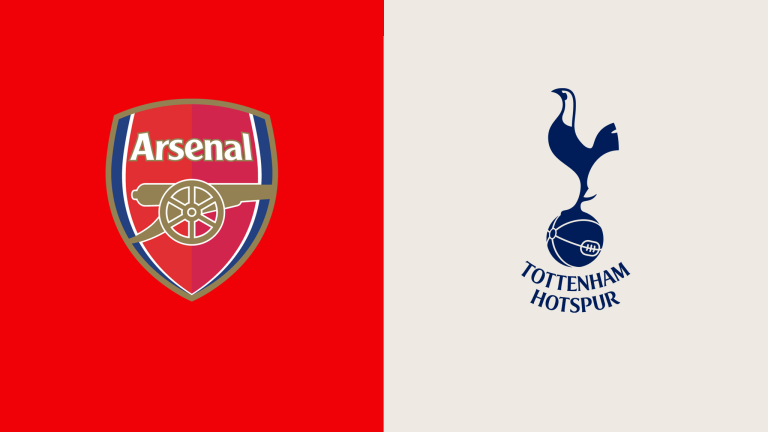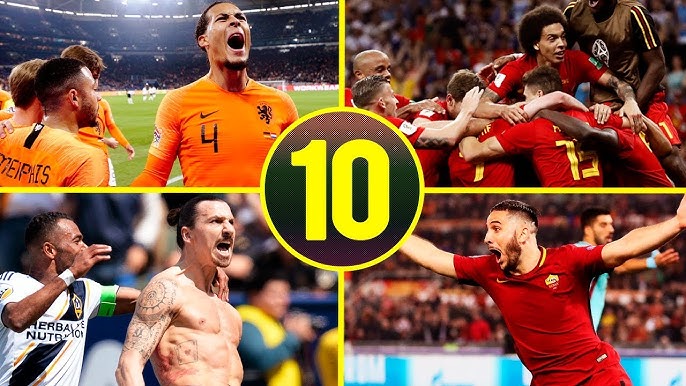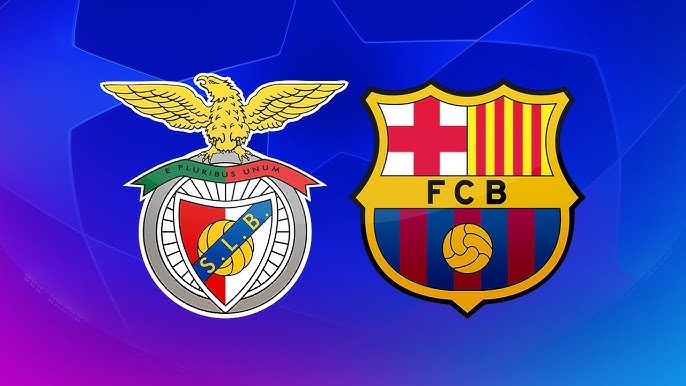
Benfica vs Barcelona: Prediction & Betting Tips for Champions League Clash (21/01/2025)
Tuesday, January 21, 2025’s Champions League clash, Benfica vs Barcelona looks to be an exciting one. While Benfica fights to remain in contention for the playoffs, Barcelona seeks a place in the round of 16, therefore both teams have a lot to fight for. Two attacking-minded sides mean high-intensity football and goals for the supporters.
Match Preview: Benfica vs Barcelona
- Barcelona’s Drive to Dominate
Barcelona comes into this game as favorites, and Flick leading them to have a comeback. Fresh after winning the Spanish Super Cup, the Blaugrana have not lost in their past eight away games in all competitions. Their strong assault makes them a challenging opponent; their average of three goals per game from past visits is really impressive.
Supported by the inventiveness of Pedri and Gavi, Barcelona’s offensive system is well-balanced with seasoned players like Lewandowski leading the line. With all of their games including at least three goals, their Champions League path so far is evidence of their supremacy.
- Benfica’s Fight for Survival
Benfica, meanwhile, arrives at this game confident following a strong 4-0 Primeira Liga victory against Famalicão. Their recent form (DWWLLW) shows their capacity for setback recovery. Leandro Barreiro’s hat trick in their past game emphasizes their attacking depth; their defense has shown tenacity, allowing only four goals in their last six games.
Even with their advantages, their hardest obstacle yet will be playing a Barcelona side in such great form. If they want to contain Barcelona’s high-powered attack, a good defensive effort will be absolutely vital.
Team Form and Stats
Benfica’s Recent Form:
- Last Match: 4-0 win vs. Famalicão
- Key Strengths: Prolific scoring; solid defensive structure
- Key Weakness: Vulnerable against stronger opposition
Barcelona’s Recent Form:
- Last Match: 1-1 draw vs. Getafe
- Key Strengths: Consistent away form; lethal attacking unit
- Key Weakness: Occasional lapses in defense
Benfica vs Barcelona: Key Match Insights
- Barcelona Unbeaten in Eight Away Games: Their strong away form underlines their ability to perform in high-pressure environments.
- Benfica’s Offensive Momentum: Having scored four goals in their last match, Benfica will be eager to replicate that firepower.
- Goals Galore in Barcelona’s Campaign: Every Champions League game for the Blaugrana has featured at least three goals.
- Top Scorers Collide: Lewandowski’s precision meets Benfica’s high-scoring stars, promising an exciting contest.
Predicted Lineups
Benfica Starting XI: Trubin; Bah, Araujo, Otamendi, Fernandez; Aursnes, Florentino, Kokcu; Amdouni, Pavlidis, Akturkoglu.
Barcelona Starting XI: Pena; Koundé, Araujo, Cubarsi, Balde; Casado, Pedri; Yamal, Gavi, Raphinha; Lewandowski.
Betting Opportunities and Odds
Discover the thrill of football betting on StarBet’s, renowned for its extensive market options and competitive odds, crafted to enhance every betting experience.
For those eager to place bets, StarBet offers competitive odds:
- Benfica to Win: 3.40
- Draw: 4.20
- Barcelona to Win: 1.95
Betting Tip: With Barcelona’s firepower and Benfica’s tendency to play high-scoring games, betting on “Over 2.5 Goals” is a smart choice.
Benfica vs Barcelona: Prediction
There should be exciting events in this game with goals on both sides. Benfica’s home advantage gives them a fighting chance; Barcelona’s better squad depth and attacking quality should help them pull out a limited victory.
Final Prediction: Barcelona 2-1 Benfica.
Expert match analyses, current team insights, and comprehensive player information abound on StarBet’s football prediction page, thereby enabling users to make well-informed bets confidently.
Why This Match Matters
For Barcelona, a victory ensures their place in the round of sixteen and maintains their competitiveness for the group top spot. For Benfica, every point counts greatly toward their playoff goals.


